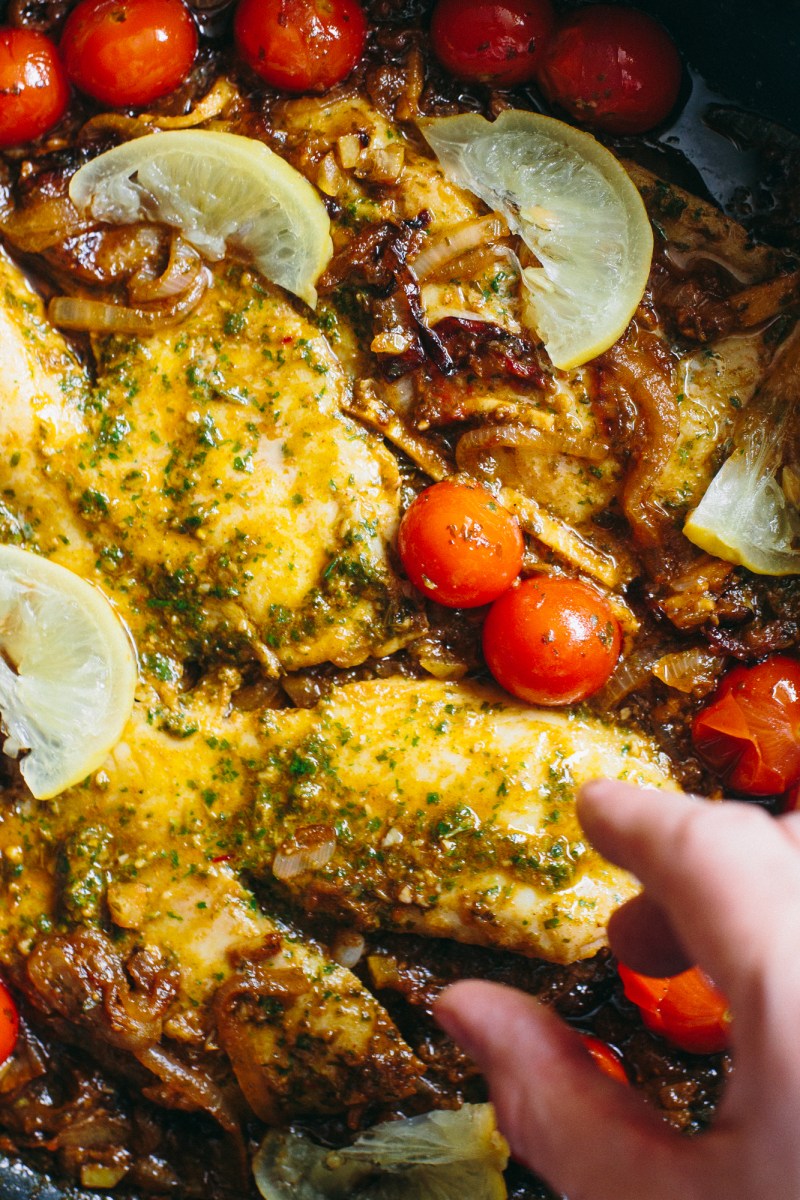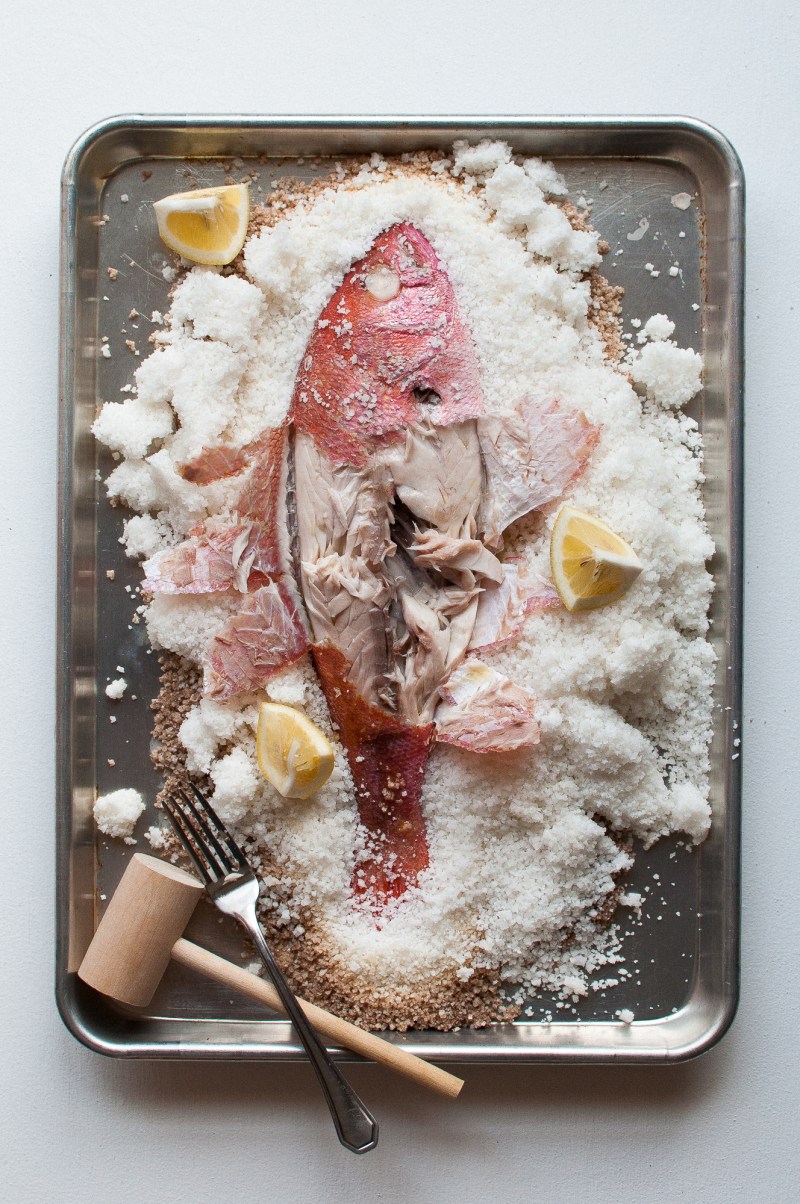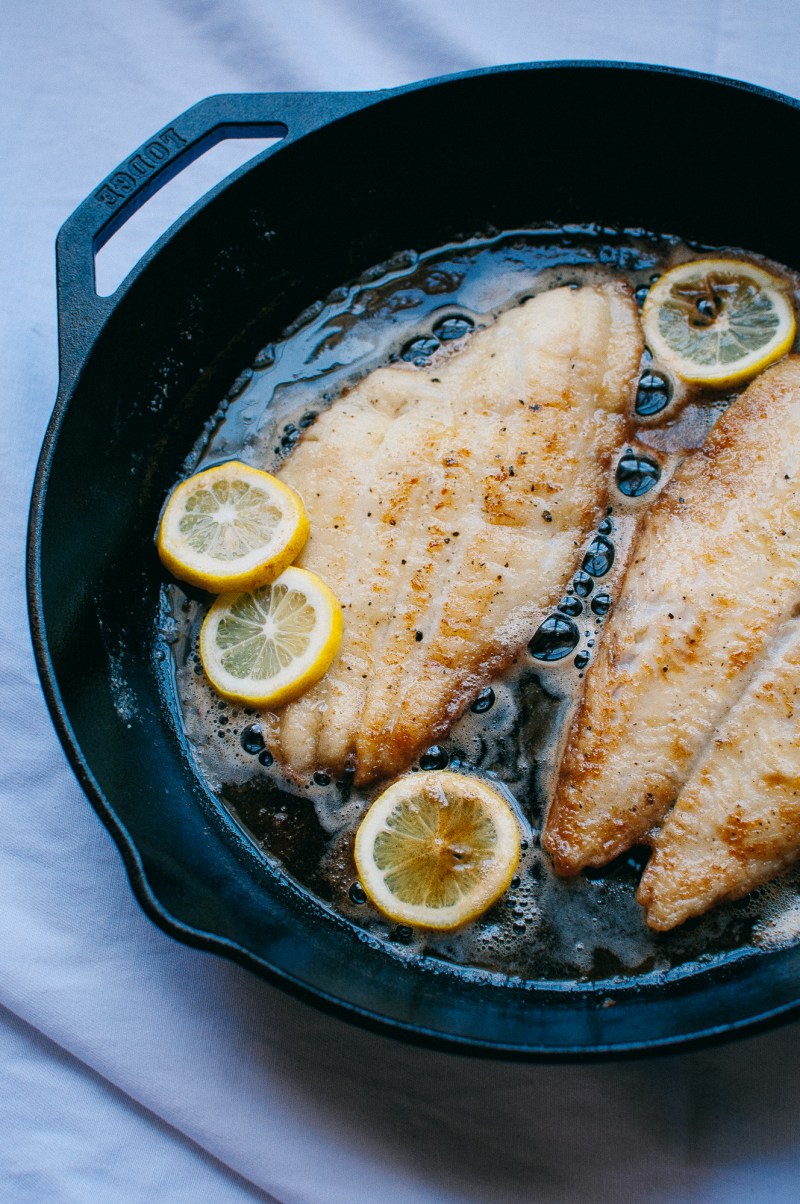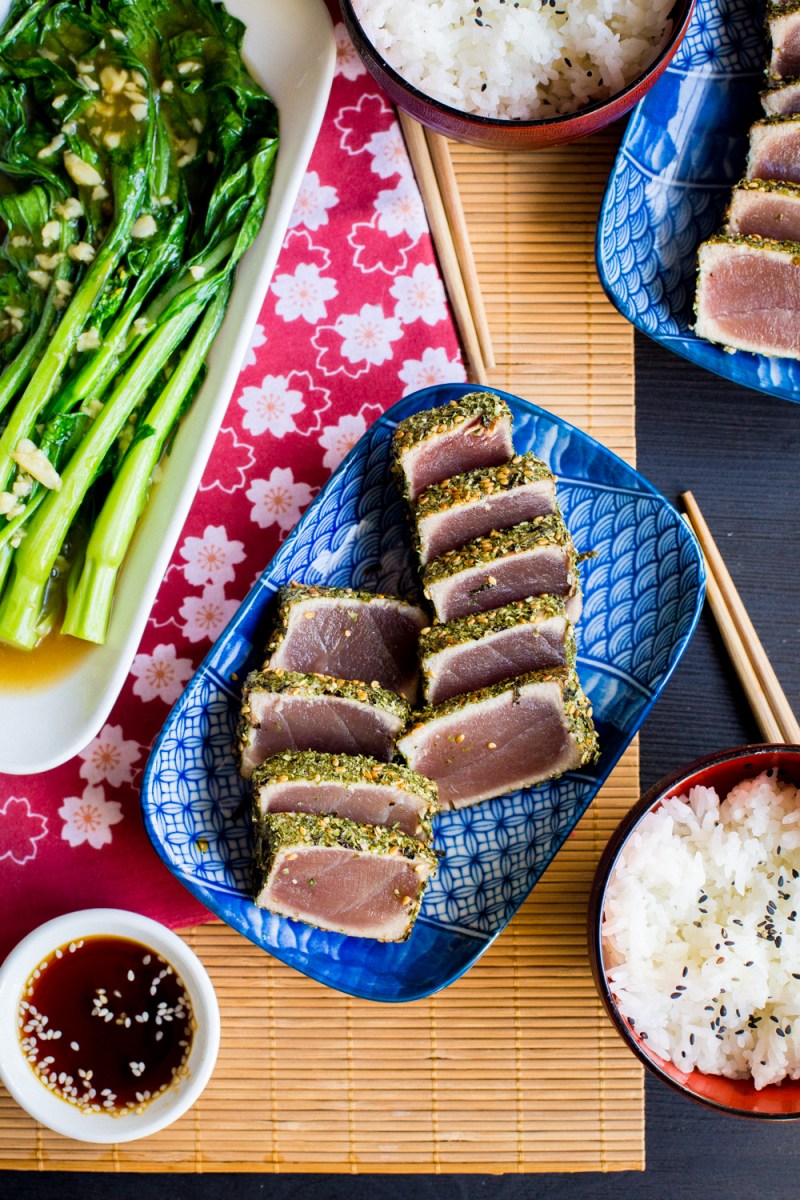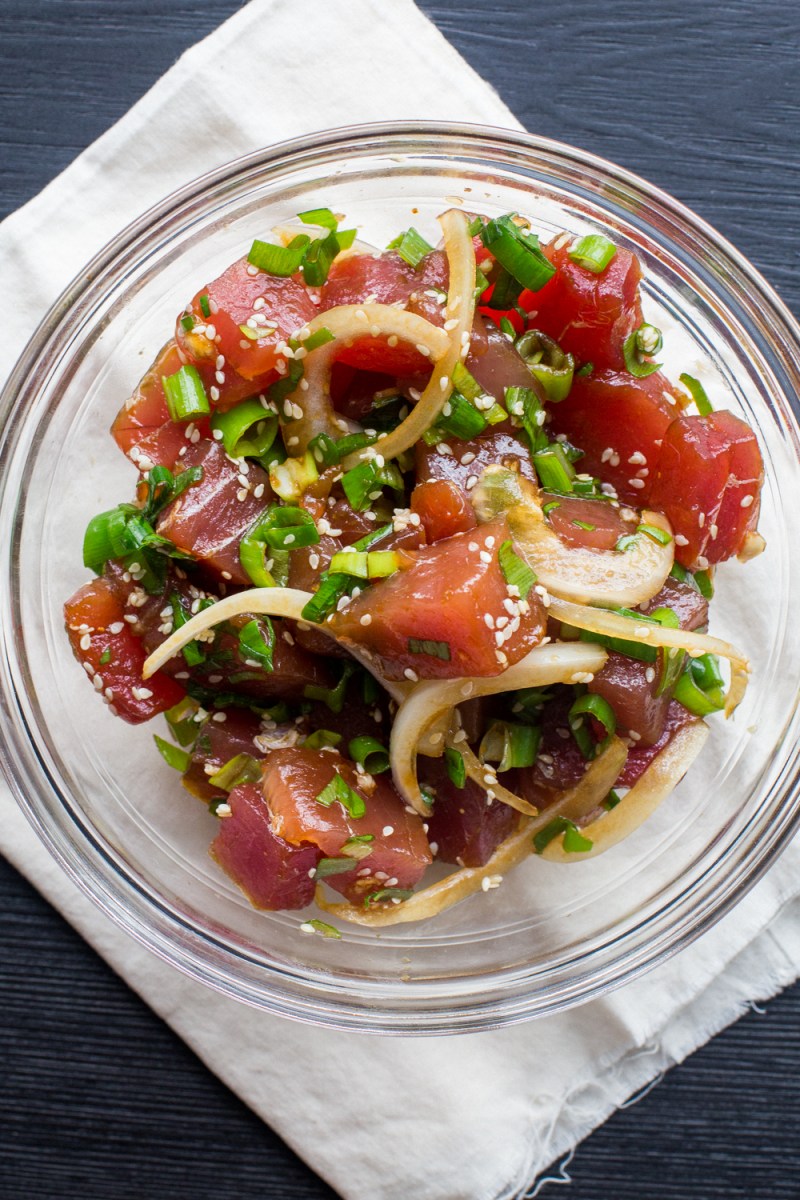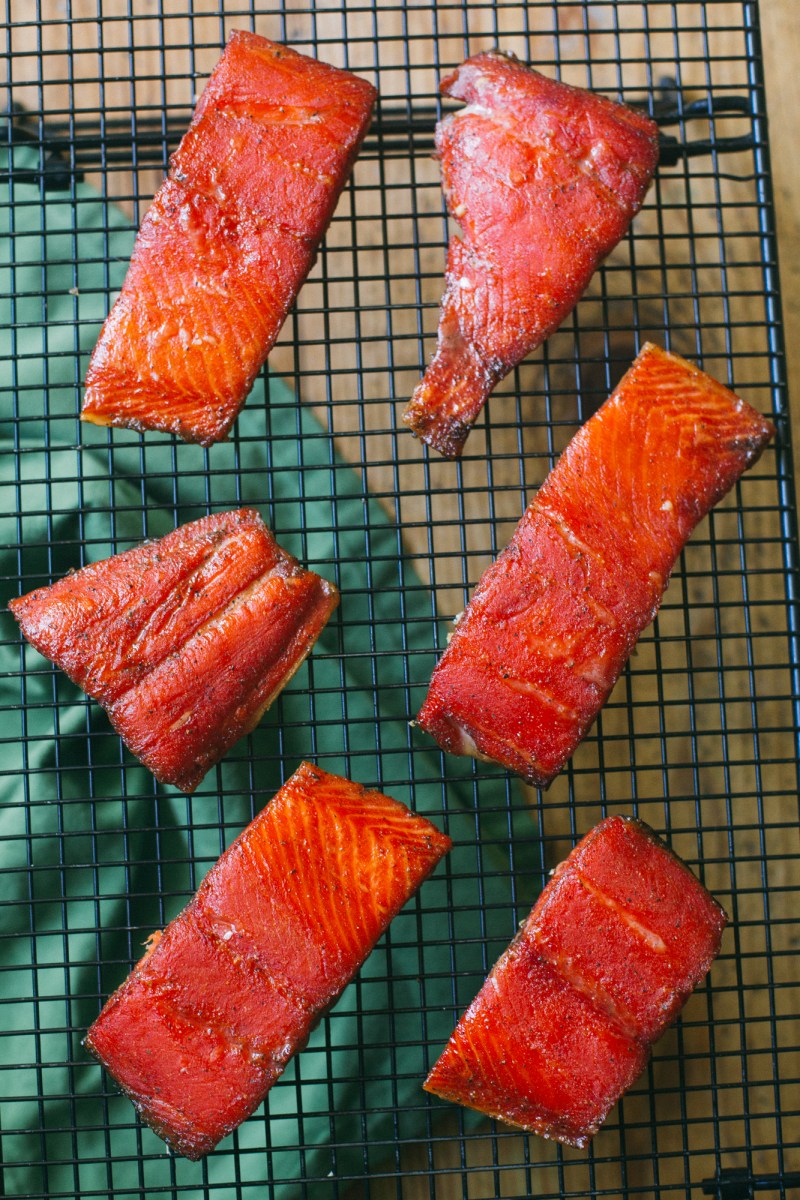
To me, cold-smoked salmon (that is, the salmon you often find thinly sliced at your local market) is a relatively recent phenomenon. I grew up in the Pacific Northwest, and firm, meaty, hot-smoked salmon was the only type of smoked fish I had ever experienced until moving away about 20 years ago. Hot-smoked salmon is typically cooked through, and has a flaky texture compared to the soft cold-smoked salmon that most people know.
Traditionally, the indigenous peoples of the Pacific Northwest would smoke their salmon for an extended period, up to two weeks. This staple food would keep indefinitely at room temperature, and had a texture like jerky. You can still find this salmon around, but thanks to refrigeration, many smokehouses in the PNW have adopted a hot smoke method to save time and create a more delicate (albeit perishable) product. My Dad often makes smoked salmon in his little chimney smoker, modeled after this more modern method, and he also sends it to me most years as a Christmas gift. Today I’m sharing a recipe that is similar to his.
There are a few tricks associated with my recipe. First, we’re going to coat the salmon in a dry, sweet-and-salty cure, which will liquefy as the fish marinates for a couple of hours. We’ll then use the liquefied cure to brush onto the salmon as it finishes smoking. This allows us to cure and glaze the salmon with the same concoction, minimizing waste. Additionally, we’ll dry out the salmon before putting it in the smoker, which will form a pellicle (protein coating) that allows more smoke to stick to the fish, resulting in better flavor.
One note: lox and gravlax are often confused with cold-smoked salmon, but they are cured in salt, sugar, and dill, with no smoke added.
For this recipe, I used salmon from my friends at ButcherBox. Their sockeye salmon (a recent addition to their staple offerings of high quality beef, chicken and pork) is wild-caught and sustainable–you can read more about it here. As a bonus, this week they are offering a sweet “Wings for Life” deal with any new signup (which means you’ll get 3 lbs of chicken wings in every box for free, for the lifetime of your subscription). We took advantage of this offer a few years ago and every time the wings arrive in our box I feel like I’m winning the lottery. Check out the promotion here to sign up, but don’t delay, as the offer expires on 2/3/2020 (or while supplies last).
Read Full Article



